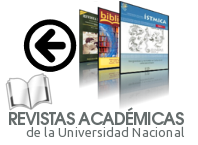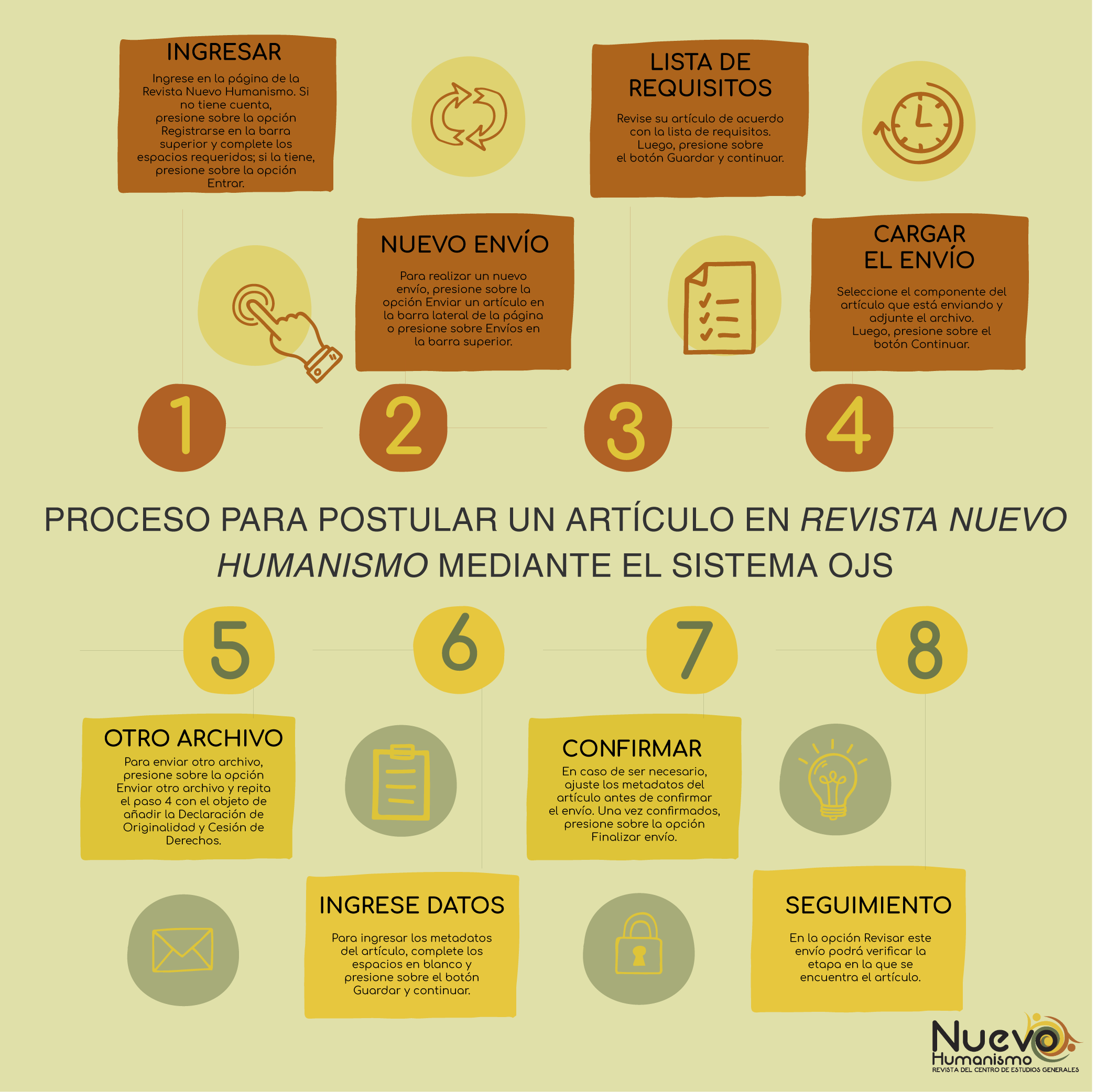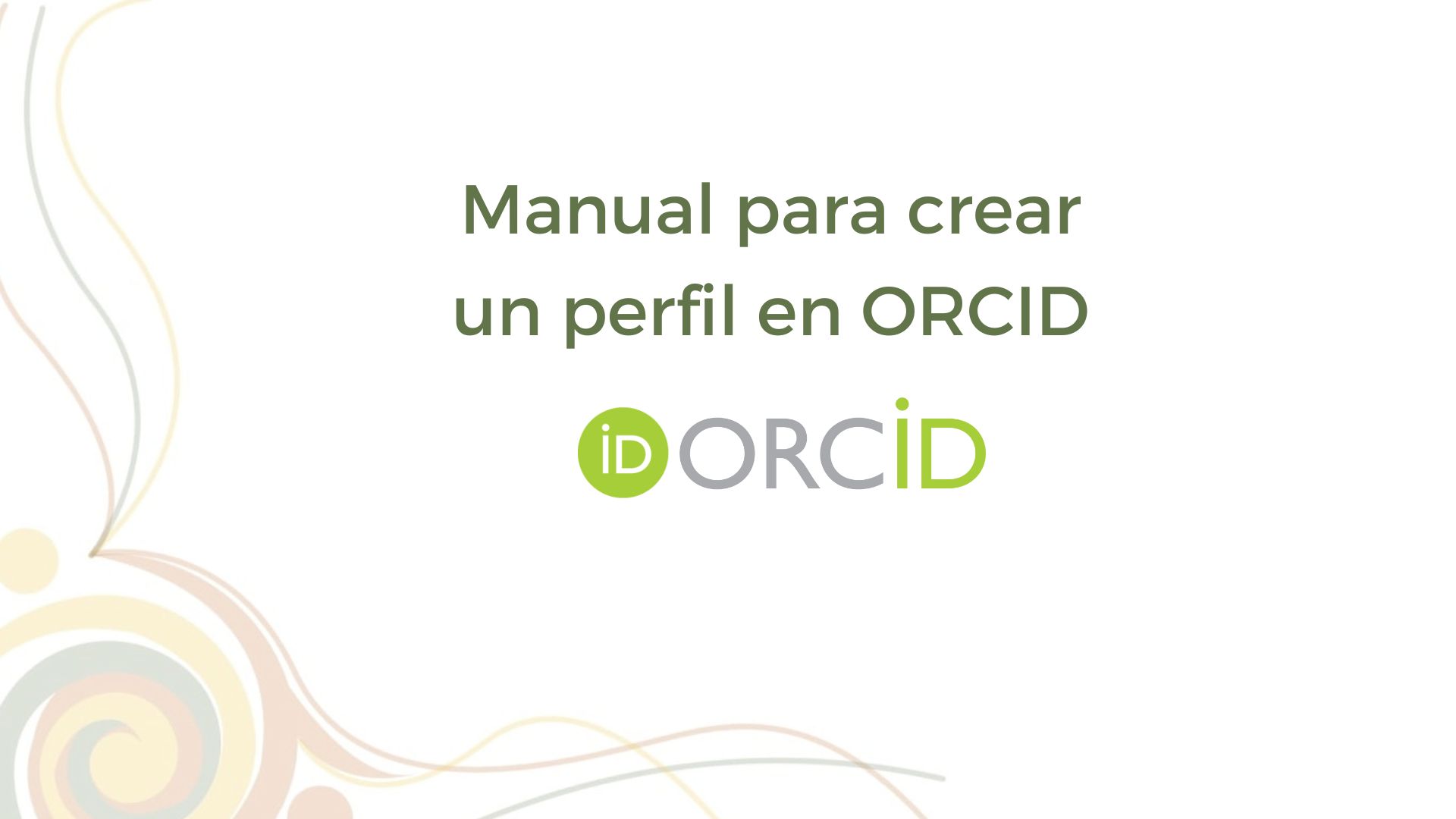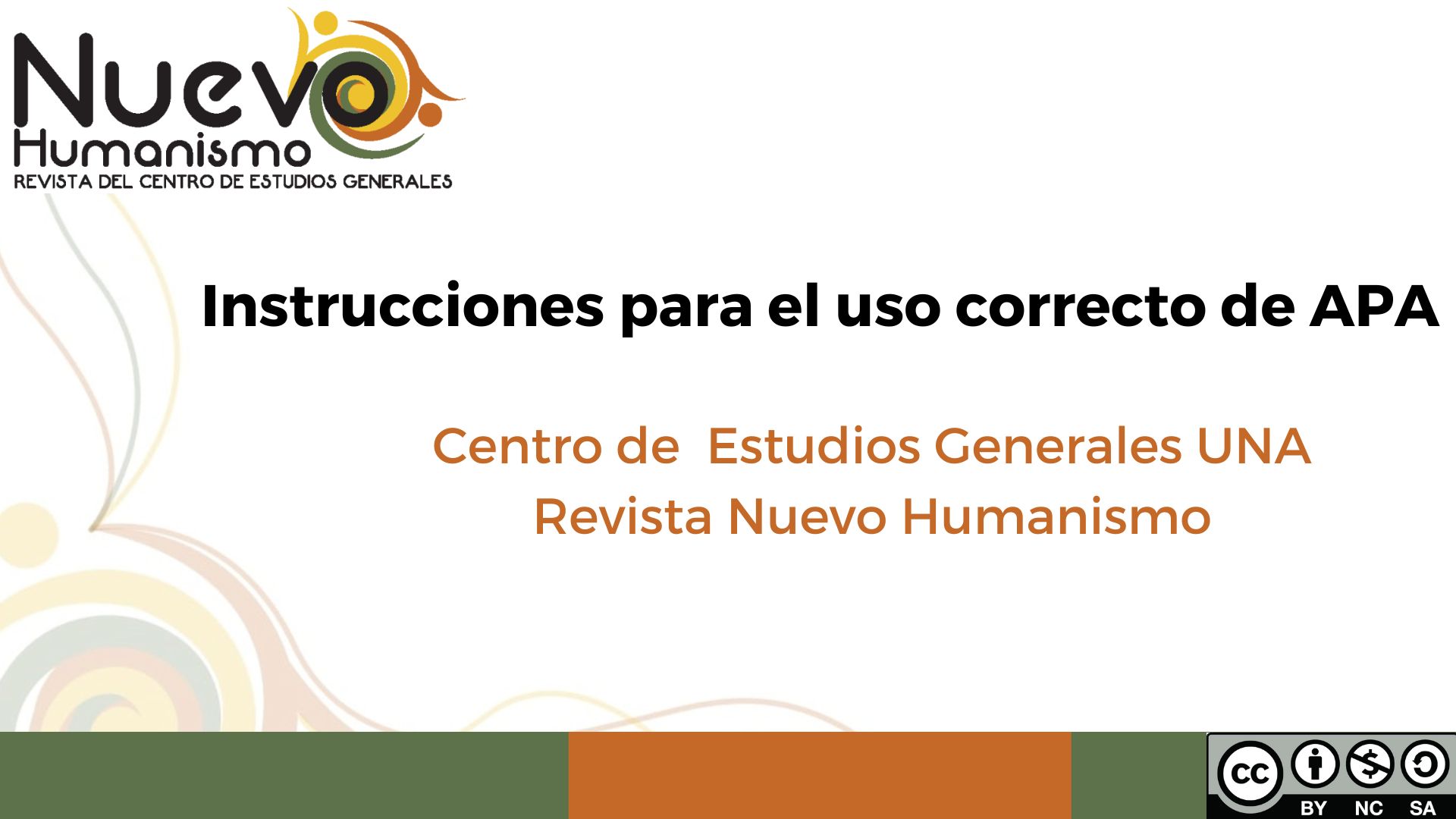Land Art in the English Class: A Proposal of Environmental Awareness Activities through Holistic Methods
DOI:
https://doi.org/10.15359/rnh.5-1.4Palabras clave:
suggestopedia, land art, environmental awareness.Resumen
Land art in the English class is a proposal to promote environmental awareness in a group of 30 students from the Integrated English Course Three at Sección Regional Huetar Norte y Caribe, National University Sarapiqui Campus, Costa Rica. The base of this proposal is the development of class activities under the concepts of the Suggestopedia methodology, by Georgi Lozanov, and some aspects of the holistic approach. This proposal responds to the necessity of encouraging the topic of Mother Earth and its importance. Environmental awareness is a fundamental attitude to start changing actions. Suggestopedia proposes to enable students to learn a language in a relaxing atmosphere, full of stimuli that liberate them from the restrictive influences and rigor that more traditional classroom settings usually have (Chastain, 1988, p.104; cited in Omaggio, 1993, p.117). The group of students previously mentioned attended a class where the atmosphere was comfortable and relaxing. To stimulate the senses, the teacher used attractive pictures, colorful card phrases related to the topic, baroque music, videos, songs, soft aroma, and, finally, the contact with nature elements to express a message. As a result, many students had positive reactions toward the class activities. They considered this class methodology different, more interesting, and more meaningful than the traditional classes. They felt more motivated and less stressed to express themselves in English. Students produced some posters and land art videos to express their concerns, feelings, and reflections regarding the environmental topic. In conclusion, this group could give an environmental message in English in a satisfactory way.
Referencias
Hauschild, S., Poltavtchenko, E., & Stoller, F. (2012) Going green:Merging Environmental education and language instruction. English Forum. 2,2-13. Retrieved July 5, 2016, from https://americanenglish.state.gov/files/ae/resource_files/50_2_3_hauschild-et-al.pdf
Kharismawati, R. (2014). Suggestopedia method in the teaching and learning process. E-journal UNESA.12(1) Retrieved July 10, 2016, from http://ejournal.unesa.ac.id/index.php/retain/article/view/6313
Kollmuss, A. & Agyeman J. (2002). Mind the Gap: why do people act environmentally and what are the barriers to pro-environmental behavior? Environmental Education
Research 8(3), 239-260. DOI: 10.1080/13504620220145401
Land art (2016). Art Glossary. Retrieved July 07, 2016, from http://www.visual-arts-cork. com/land-art.htm
Omaggio, A. (1993). Teaching language in context. Boston: Heinle & Heinle
Thornbury, S. (2012). H for holistic. Retrieved July 5, 2016, from https://scottthornbury.wordpress.com/2012/05/20/h-is-for-holistic/
Van, L. (2010) The ecology of language earning: Practice to theory, theory to practice. El Sevier.3.2-6. doi:10.1016/j.sbspro.2010.07.005
Venkanna, K. & Glory, A. (2015) Use of Suggestopedia as an Innovative Strategy for promoting Effective Reading Comprehension abilities in English at the ES Level An Experimental Study. International Journal of English, Literature, and Humanities 3(8). 128-149. Retrieved from http://ijellh.com/use-suggestopedia-innovative-strategy-for-promoting-effective-reading-comprehension-abilities-english-the-esl-level-experimental-study/












